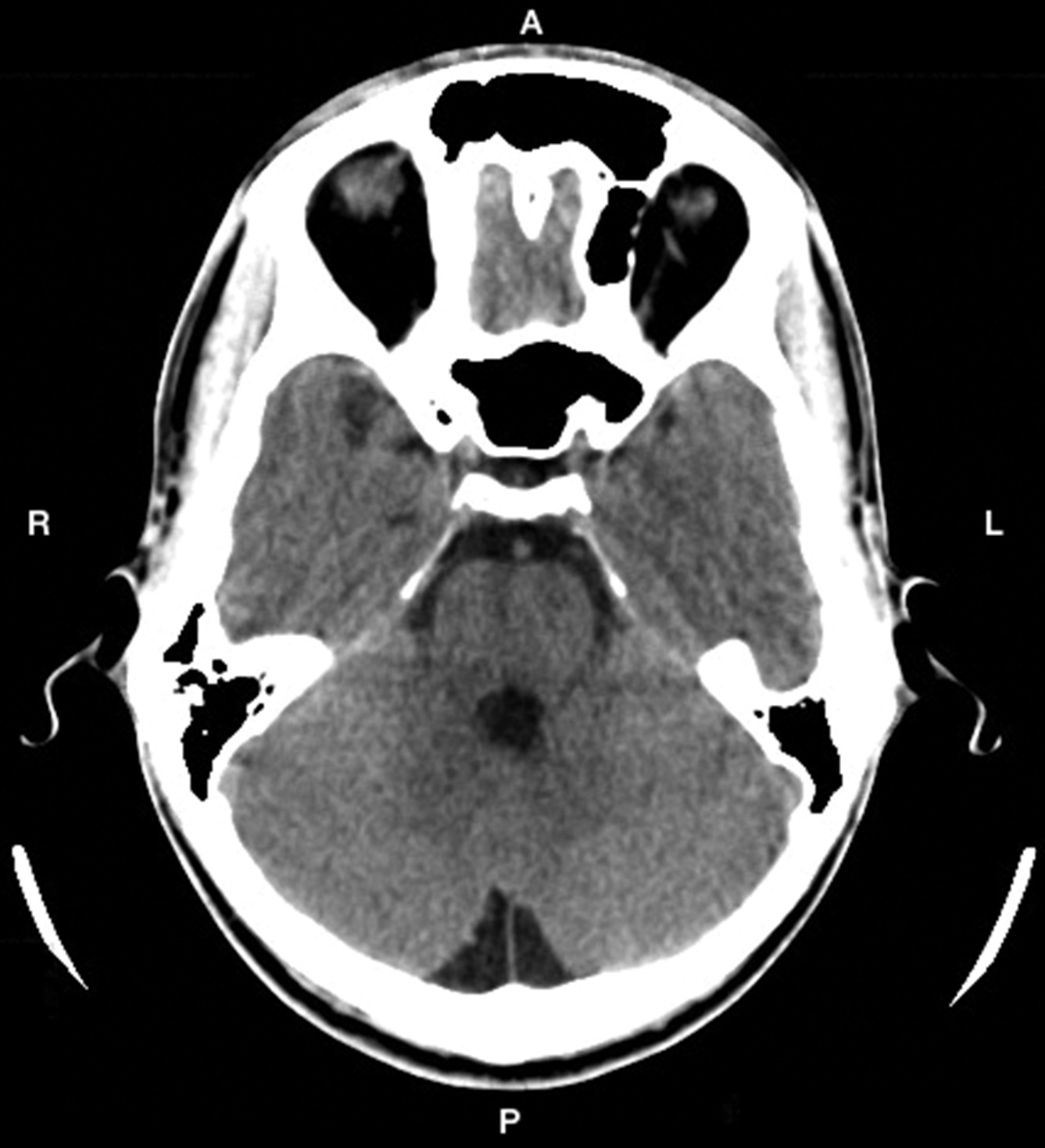“Mr A.,” a 20-year-old man, presented with a history of smiling and muttering to himself, remaining aloof, with occasional abusive and aggressive behavior, and not doing any work for the past 6 years. He was treated with several typical antipsychotics previously without much benefit. He had had an episode of febrile convulsion at 2 years of age, and one younger brother had seizure disorder. Mental status examination revealed silly smiling, with inappropriate affect. On physical examination, he had fine peri-oral dyskinetic movements associated with pouting movements seen infrequently over the lips. The score on the Abnormal Involuntary Movement Scale (AIMS)
7 was 4. There were no other neurological signs. His blood investigations, including hemogram, liver and renal function tests, blood sugar, lipid profile, serum electrolytes, and thyroid function tests were normal. Considering a diagnosis of schizophrenia with drug-induced dyskinesia, he was put on olanzapine, an atypical antipsychotic, at 10 mg per day, but peri-oral dyskinetic movements increased in frequency within a few days. Olanzapine was discontinued, and he was put on aripiprazole 10 mg per day, with which he showed improvement in psychotic symptoms, but involuntary movements persisted. Aripiprazole was gradually reduced to 2.5 mg per day, and there was a reduction in the frequency of dyskinetic movements, with an AIMS rating score of 2. A Computerized Tomographic scan of brain revealed mild a radiological-diagnosis dilated fourth ventricle, with hypoplasia of cerebellar vermis, without any posterior fossa cyst (
Figure 1), which suggested Dandy-Walker variant.


